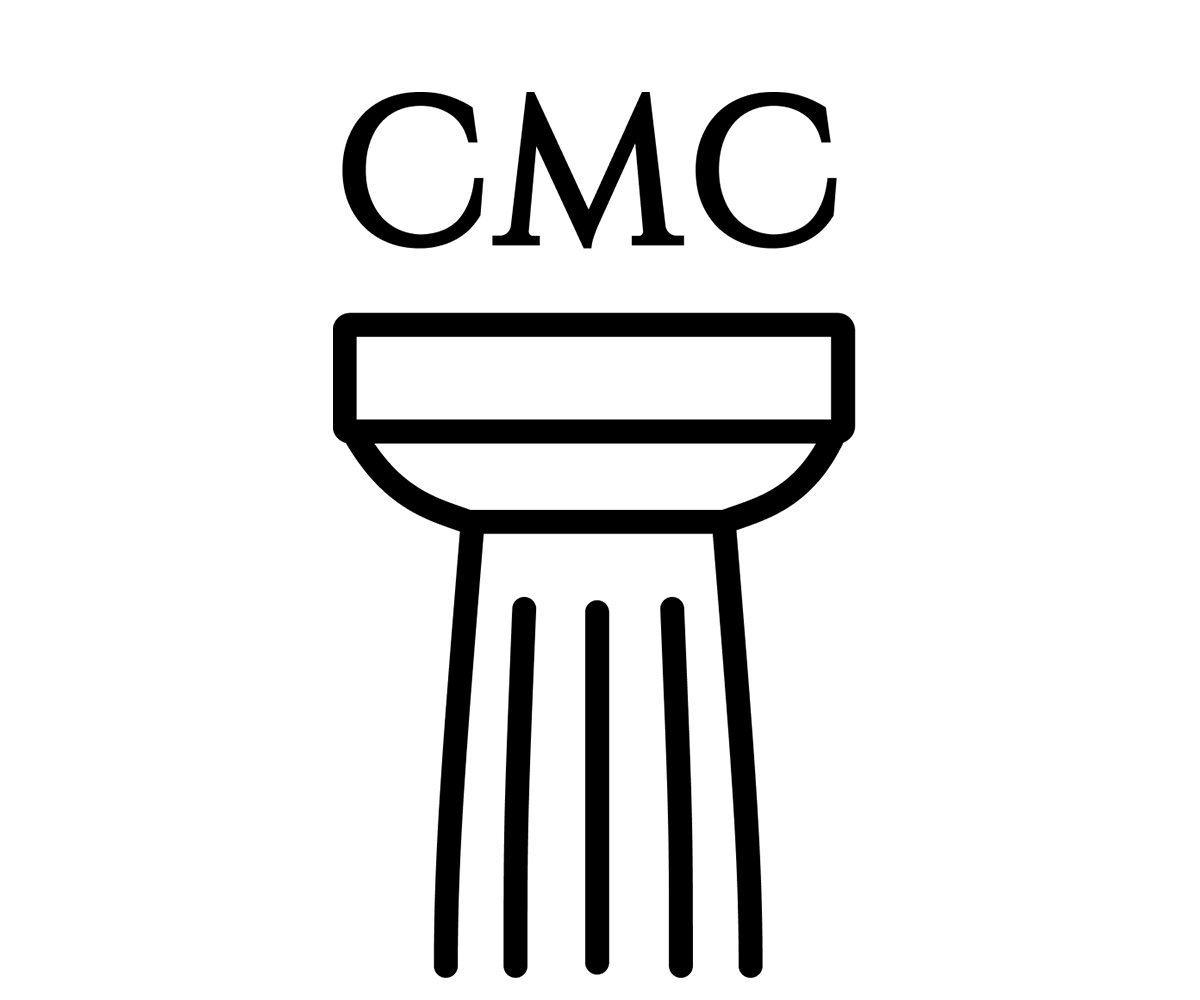CECAM MARVEL Classics
 In this series, methods that have become fundamental tools in computational physics and chemistry are presented by their originators at a level appropriate for master and graduate students. The lectures are followed by an interview: we ask our guests to recall for us the period, problems, people and circumstances that accompanied the creation of milestone methods and algorithms that we now routinely use.
In this series, methods that have become fundamental tools in computational physics and chemistry are presented by their originators at a level appropriate for master and graduate students. The lectures are followed by an interview: we ask our guests to recall for us the period, problems, people and circumstances that accompanied the creation of milestone methods and algorithms that we now routinely use.
Join us to share this exciting opportunity to learn first-hand from our pioneers and get to know better the genesis of work that is now recorded in books!
Berry phases in condensed matter physics
Tuesday March 23 2021

Conceptual Aspects of the Theory of Electric Polarization and Orbital Magnetization
David Vanderbilt, Rutgers University
In this talk I will take a conceptual approach, rather than a historical or mathematical one, to the "modern theory" of electric polarization and orbital magnetization. In particular, I will present a series of physical arguments that severely constrain the form of any such theory. For example, I will explain why we expect electric polarization to be well defined only up to a quantum, and discuss the theorem relating bulk polarization to surface charge in general terms. As for orbital magnetization, I will explain why this quantity is not subject to the same kind of quantum of indeterminacy that was found for the electric polarization. Only then will I introduce the mathematical concepts of Berry phase and Berry curvature, and briefly point the way to their utilization as the basis for the by-now well-established theories of electric polarization and orbital magnetization.
Electric Polarization, Orbital Magnetization, and Other Geometrical Observables
Raffaele Resta, IOM-CNR Democritos, Trieste
Electric polarization and orbital magnetization have a very similar definition at the textbook level; yet within quantum mechanics they are intensive geometrical observables of a very different nature. At the fundamental level polarization is essentially a one-dimensional quantity and orbital magnetization a two-dimensional one: the difference between them can be traced back to basic features of algebraic geometry in odd vs. even dimensions. One- and three-dimensional observables make sense in insulators only and are well defined only up to a quantum: the former case is polarization, the latter case occurs in magnetoelectric coupling. When a bounded sample is addressed, the quantum indeterminacy is fixed by the chosen termination. Two-dimensional observables exist in metals as well and are exempt from the quantum indeterminacy; their value does not depend on sample termination. Besides magnetization, I will discuss anomalous Hall conductivity in insulators and metals.
Introduction and Conceptual Aspects of the Theory of Electric Polarization and Orbital Magnetization D. Vanderbilt
Rutgers University
<
Electric Polarization, Orbital Magnetization, and Other Geometrical Observables R. Resta
IOM-CNR Democritos, Trieste
Interview and recollections D. Vanderbilt, R. Resta, N. Marzari

 About
About
